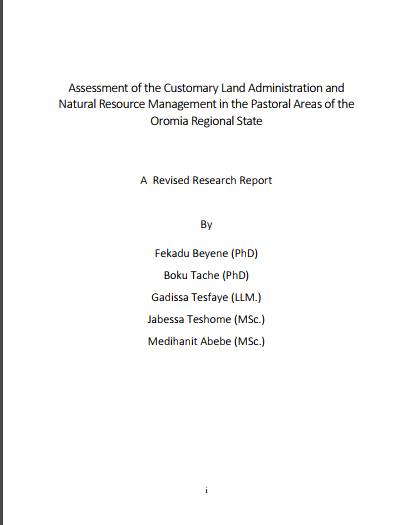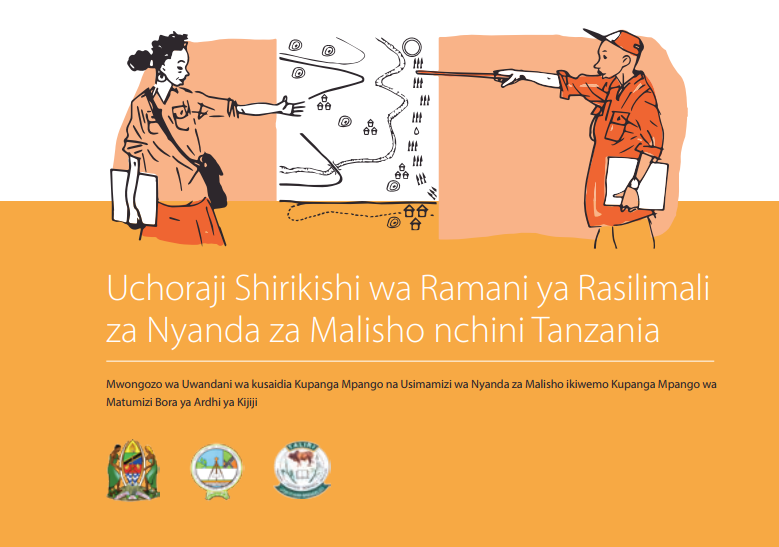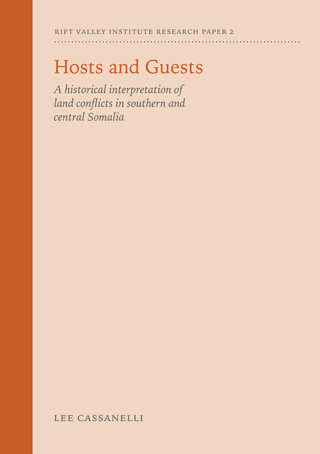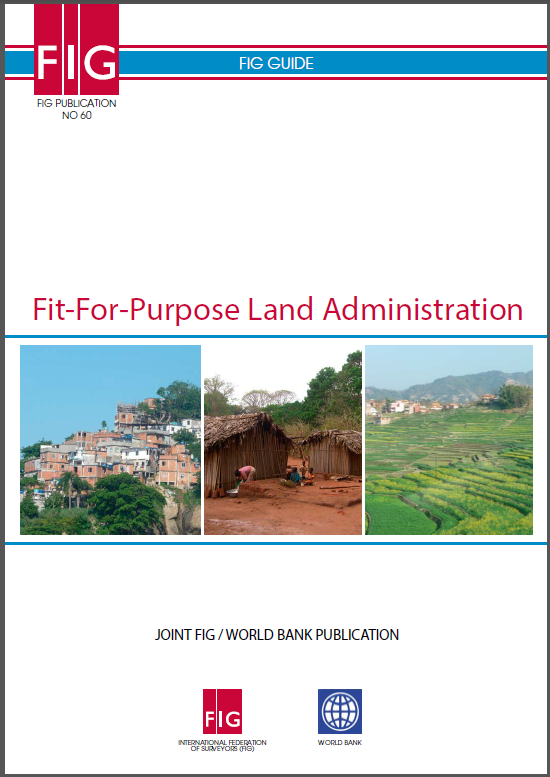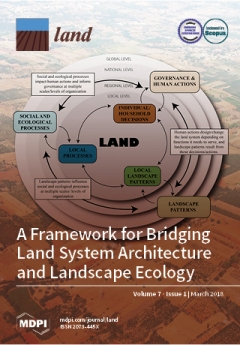Assessment of the Customary Land Administration and Natural Resource Management in the Pastoral Areas of the Oromia Regional State
Pastoralism has been under pressure due to a number of factors including climate change, population pressure and socioeconomic dynamism. These factors have affected the relationships among different pastoral groups and the functioning of the customary institutions in managing natural resources. Interference of the state structures into pastoral areas, land alienation for large scale investment and delineation of protected area from communal grazing areas have negatively affected the relationships between pastoralists and the state.

